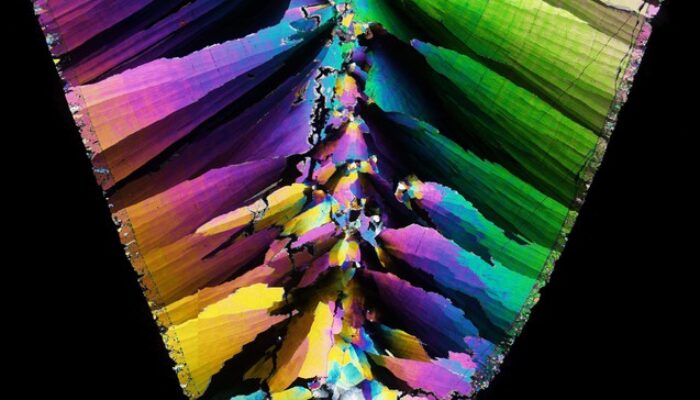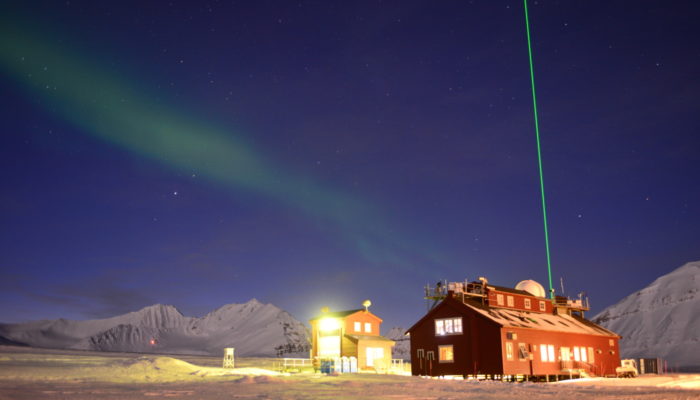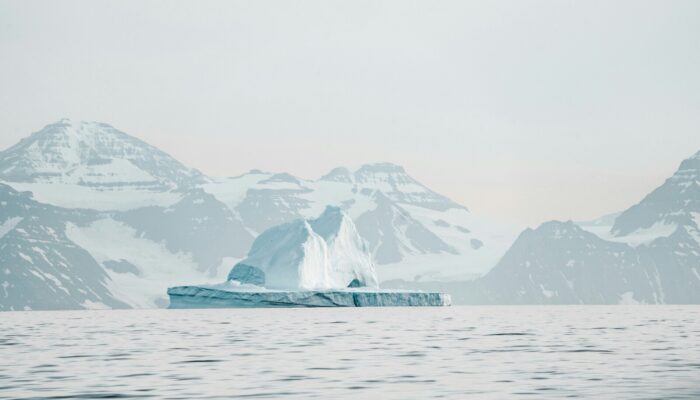Extracted from a depth of 2,500 meters, a giant 12-meter long marine sediment core from the Fram Strait, between Svalbard and Greenland, preserves a climate record spanning up to 400,000 years. Its sediment layers offer crucial insights into the Arctic’s past, helping Dr Jochen Knies and his research team answer two important question: Was the Arctic ever ice-free during past warm periods? W ...[Read More]
Imaggeo On Monday: the EGU Photo Competition – beautiful thin-sections.

In 2010 EGU held our first annual Photo Competition at the General Assembly in Vienna. Since then hundreds of photos have been shared on imaggeo by geoscientists and researchers just like you, with a lucky few being selected each year to be highlighted during the meeting and voted on by our members. These images can be of anything to do with geology or geoscience – we get many beautif ...[Read More]
Imaggeo On Monday: the EGU Photo Competition – sharing your images around the world.

In 2010 EGU held our first annual Photo Competition at the General Assembly in Vienna. Since then hundreds of photos have been shared on imaggeo by geoscientists and researchers just like you, with a lucky few being selected each year to be highlighted during the meeting and voted on by our members. These images can be of anything to do with geology or geoscience – we get many beautif ...[Read More]
Imaggeo On Monday: Revealing the secrets of the Arctic sky

When it is dark over Ny Ålesund, Svalbard, a bright green laser beam can be seen quite often, shooting from the AWIPEV Arctic Research Base observatory towards the sky. This beam belongs to “KARLi” the Koldewey Aerosol Raman Lidar, run by the Alfred Wegener Institute for more than 25 years, which contributes to long-term, atmospheric aerosol measurement records. With this system ...[Read More]

